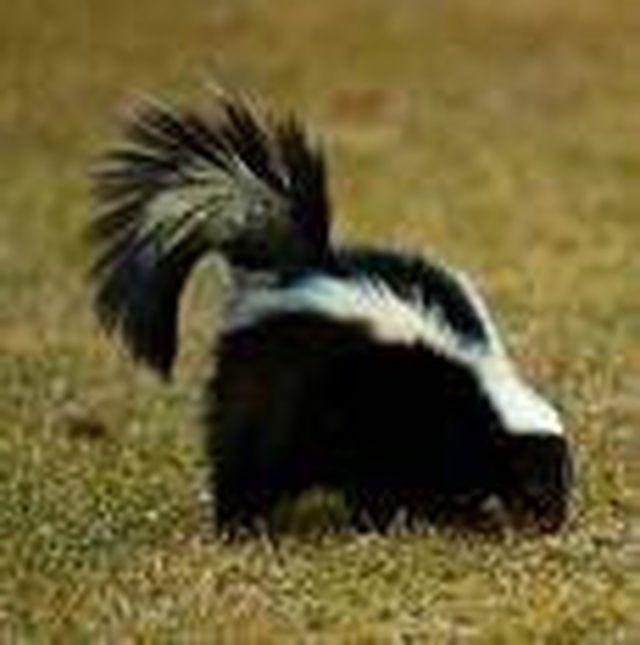Bulbs
Flower Basics
Flower Beds & Specialty Gardens
Flower Garden
Garden Furniture
Garden Gnomes
Garden Seeds
Garden Sheds
Garden Statues
Garden Tools & Supplies
Gardening Basics
Green & Organic
Groundcovers & Vines
Growing Annuals
Growing Basil
Growing Beans
Growing Berries
Growing Blueberries
Growing Cactus
Growing Corn
Growing Cotton
Growing Edibles
Growing Flowers
Growing Garlic
Growing Grapes
Growing Grass
Growing Herbs
Growing Jasmine
Growing Mint
Growing Mushrooms
Orchids
Growing Peanuts
Growing Perennials
Growing Plants
Growing Rosemary
Growing Roses
Growing Strawberries
Growing Sunflowers
Growing Thyme
Growing Tomatoes
Growing Tulips
Growing Vegetables
Herb Basics
Herb Garden
Indoor Growing
Landscaping Basics
Landscaping Patios
Landscaping Plants
Landscaping Shrubs
Landscaping Trees
Landscaping Walks & Pathways
Lawn Basics
Lawn Maintenance
Lawn Mowers
Lawn Ornaments
Lawn Planting
Lawn Tools
Outdoor Growing
Overall Landscape Planning
Pests, Weeds & Problems
Plant Basics
Rock Garden
Rose Garden
Shrubs
Soil
Specialty Gardens
Trees
Vegetable Garden
Yard Maintenance
How Does a Skunk Spray Its Predators?
How Does a Skunk Spray Its Predators?. Skunks are good about warning their predators. They will run directly towards the enemy, stop a few feet from it, stomp their front feet, hiss, grunt, or even screech. If the enemy continues to pursue, the skunk will turn, hump its back, and position itself so the head and tail face the predator. It actually...

The Warning
Skunks are good about warning their predators. They will run directly towards the enemy, stop a few feet from it, stomp their front feet, hiss, grunt, or even screech. If the enemy continues to pursue, the skunk will turn, hump its back, and position itself so the head and tail face the predator. It actually forms a U shape. It will then raise its tail and spray. The striped skunk may walk on its front feet with its tail in the air to give warning. Skunks can accurately spray 10 feet and spray up to 25 feet.
The Spray
The spray acts like tear gas that can cause momentary blindness to the predator, if the liquid gets near the eyes. It can cause nausea and vomiting because the chemical ingredients of the oil are thiols. Thiols are what make decomposing bodies and feces smell repulsive because they are emitted as part of the decomposing process. Skunks store the chemicals naturally as an oil. The spray is yellow oil that the skunk stores in two glands the size of grapes. The glands are located at the base of the tail. Each gland can store up to a tablespoon of oil that is enough for six discharges. If the skunk discharges all of the spray, it takes up to 10 days to restore it.
Eliminating the Odor
Paul Krebaum, a chemist, discovered a homemade solution that eliminates the skunk odor. He discovered that if you could make oxygen bond with the thiols, it would change the chemical makeup and eliminate the smell. Hydrogen peroxide and baking soda produce oxygen. If a skunk sprays your dog or cat, mix up a solution of 1 quart hydrogen peroxide, 1/4 cup of baking soda, and 1 teaspoon of liquid soap. You may need more for larger dogs. Shampoo the pet and rinse thoroughly with warm water. For those who think tomato juice will work, it doesn't. Tomato juice only masks the odor. If you should come upon a skunk, back away and leave. If you do get sprayed, the same peroxide solution can be used on yourself. If a skunk sprays near your house, the best thing to do is open the windows and doors and air it out. Most air sanitizers will only mask the odor for awhile.